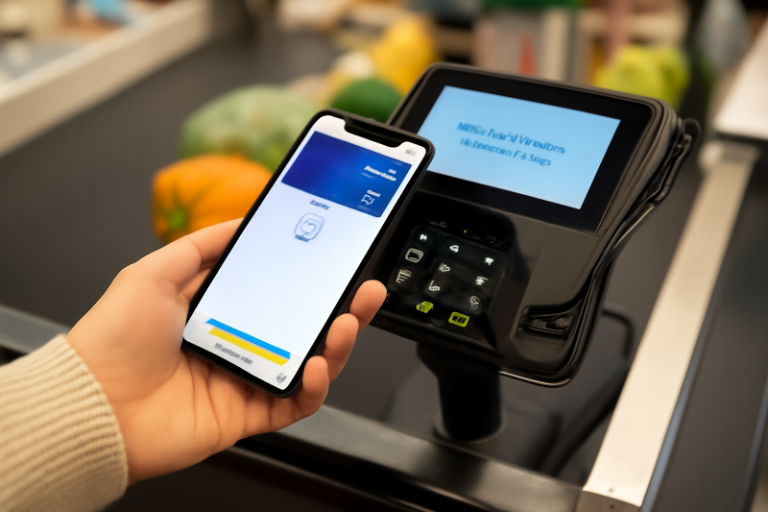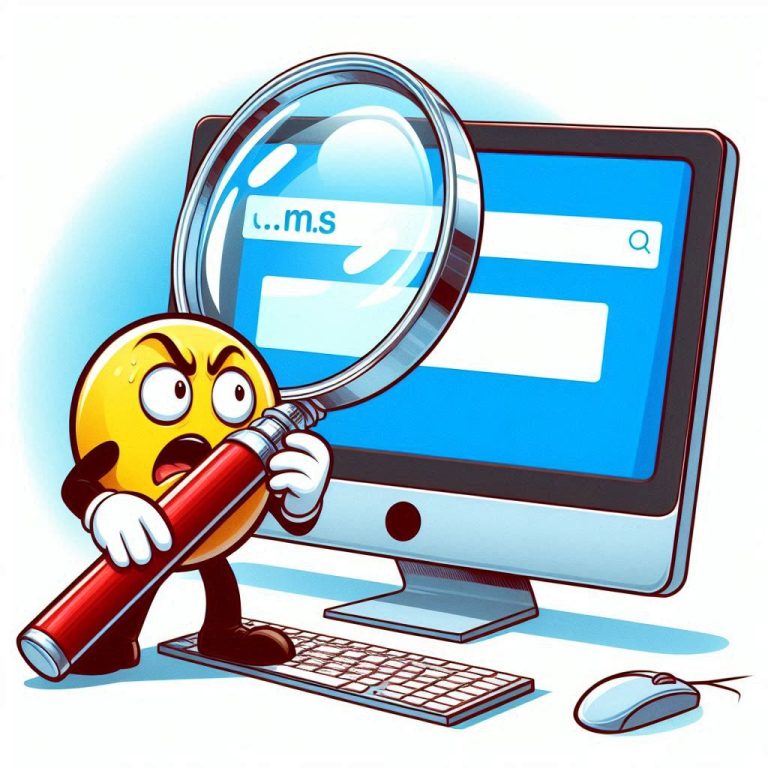Marketing automation and CRM, how is it different? What should I choose?
Marketing automation and CRM systems seem to resemble in many ways (the system is also responsible for managing prospects, contacts, and clients). In practice (to some extent due to branding jokes) there are enough factors to blur the distinction between the two concepts.
Among these, the group that responds appropriately to marketing is sales, and the group that does not respond as intended is left in the system and becomes the subject of’remarketing’ and training. And in such external marketing, care must be taken to protect and care for existing consumers, and to maintain and promote their loyalty.
In most companies, marketing people don’t answer phone calls, discover potential customers or participate in the sales cycle. As a result, they are not evaluated based on revenue like sales teams. The performance of the marketing team is evaluated by the number and quality of customers who responded to the marketing, especially the total value of the pipeline (contracts that are’open to potential’, not contracts that have been signed).
What is Marketing Automation?
The key to marketing automation is to make email and social media communications with potential customers more economical and efficient. The marketing automation system starts with a basic e-mail message and functions in a way that adds functions for flexible and efficient e-mail design tailored to the characteristics of each industry. To improve the efficiency of e-mail, the marketing automation system provides a unique template. Mail and campaign designers use this template to suggest clear and consistent pathways for controlling customer interest levels and information engagement. Depending on the path, the customer perceives the product or service, desires it, and ultimately makes a purchase decision.
The marketing automation system also utilizes social media, and supports users through various functions that connect media channels such as Facebook and Twitter and discussion-based interactions with email campaigns and websites. One of the main challenges presented in this process is managing the link between email accounts and social media accounts.
An effective marketing automation system has the nature of a content management system. The entire lifecycle of internal content assets must be clearly managed. Because these assets are typically stored on corporate websites, marketing automation systems often require the ability to quickly attract meaningful subscribers and download pages. In addition, since it is difficult to predict the behavior of potential customers in advance, the system has a workflow that supports’A/B split testing’, which is a data delivery device for managing web pages and campaign sequence improvement points to derive optimal results. Management function is required.
The marketing automation system generates a tremendous amount of structured data that is not well organized and analyzes the click stream that appears in response to the marketing campaign. In particular, for companies with a large number of potential customers, reporting engines often have to handle thousands of rows. However, because the table is very narrow (usually within 10 columns), you don’t need a lot of query logic for the report output, just enough raw data.
Marketing automation systems are usually tightly coupled with corporate websites, but seldom integrate (or link) with other systems (such as address verification or geolocation engines).
CRM and sales automation
Sounds a lot different from the CRM we used to know. Isn’t it? While the core of marketing automation is email blasting, the foundation of CRM is sales force automation (SFA). Both systems target potential customer discovery, contact, and customer companies, but the situation is a little different. Marketing automation users are almost exclusively focused on finding potential customers. Conversely, for SFA users, finding potential customers is only important in the short term.
If you’re a successful sales manager, you’re focused on signing contracts (opportunities) and communicating with your contacts (fully converted prospects, or prospects. SFA users are fundamentally different from normal marketing people, and the two teams are usually poorly connected). The
sales business processes that require support from a CRM system are:
● Audience selection
● Initial sales cycle (including demo and call scheduling)
● Forecasting and pipeline management
● Quotation and order setting
● Confirmation and fulfillment of orders
● Establishment and termination of contracts
● Continuous account management
● Renewal and recurring orders As
well as a strategy to expand CRM systems such as sales force to customer relations areas such as e-commerce, CS, and call centers, it is not impossible, but basically, the relevant areas It is true that the contact point between CRM and marketing automation functions in the field is insignificant.
The CRM system, no matter how simple its form, uses at least 10 database tables for process management, and some of these tables contain quite a wide range (in the case of accounting tables, it is very special to have more than 200 columns. It’s not work) There are also many cases with sub-tables. However, most of the data applied to this table is of standard type (not like BLOb), and the attached documents (for table composition) are also static files independent of the document management system. In contrast, CRM systems typically have several points of integration with other areas of other corporate infrastructure (contract management, electronic signatures, shipping/distribution and accounting systems, etc.).
However, users are going beyond these technical differences. Sales team members rarely even have login rights to marketing automation systems, and in fact, it’s hard to say that this is a good practice. In addition, the marketing team rarely uses the CRM system in practice and does not enter any data here.
It seems clear that the output of the marketing automation system should be the input of the CRM system. However, this link should only be established for potential customers who are fully prepared for selection (typically less than 10% of the total information stored in the marketing automation system). Potential customers who didn’t survive the selection process, or those who simply lost interest, should also be hidden from the sales team. That’s because these potential customers end up becoming unpleasant reminders that remind you that you’ve wasted your time.
CRM and Marketing Automation: Better Together?
Salesforce.com is taking marketing automation under the umbrella of CRM. Salesforce’s Marketing Cloud was also designed based on the acquired company and is now sentiment monitoring, advertising, customer’journey management’, email blasting, campaign management, and other marketing departments. It includes a variety of functions that are only used in. Since only a few of these are typical’marketing automation’ functions, we need to separate these functions a bit.
As the name of customer relationship management itself suggests, CRM systems should have in-depth marketing automation capabilities. But the reality is that many CRM systems don’t, and Salesforce itself had refused to take responsibility for email blasting until it acquired ExactTarget or Pardot.
Small businesses often don’t have marketing automation at all. Most of them rely on a mail merge function or an email blasting service through a spreadsheet file, even though they have a CRM system.
The situation for large corporations is even more confusing. As far as I know, a tech company had 84 marketing systems and 10 CRM instances. This situation gave rise to the idea that CRM will conquer the realm of marketing automation for Fortune 500 companies, especially those that have grown through acquisitions. For them, the key drivers of success are the integration and database synchronization between marketing automation and CRM systems. No matter how good the’combination of the best features’, it cannot be practical when data is unorganized and congested.
But if you really want to invest in capturing potential customers, it’s best for your CRM system to implement marketing automation. Selecting and purchasing the best features for each system has an advantage, but if it is a truly valuable feature, CRM companies will ultimately be forced to adopt it. Therefore, from a mid- to long-term perspective, integration between separate systems and database synchronization can be said to have more disadvantages than advantages.





